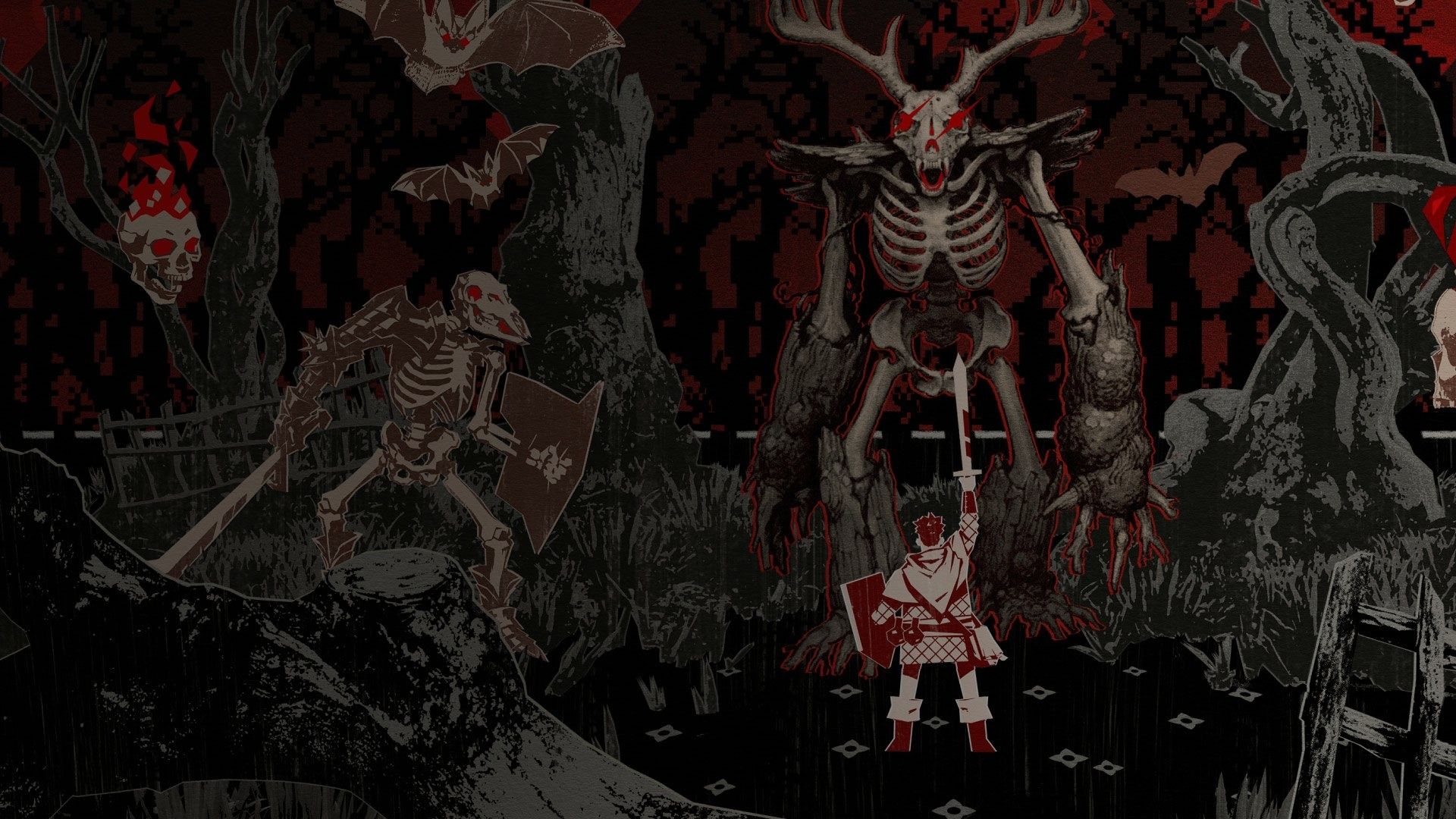
more8bitは、Unityのマルチプラットフォーム機能、Input System、Universal Render Pipeline (URP)などを活用し、オリジナルのBleak SwordのデラックスエディションであるBleak Sword DXを制作しました。
Nintendo Switch は任天堂の登録商標です。
モバイル版『ソウルズ』のようなビジュアルとゲームプレイをPCとNintendo Switchで実現
Apple Arcade(iOS、MacOS)、Nintendo Switch、PC
1
スペイン、マドリード
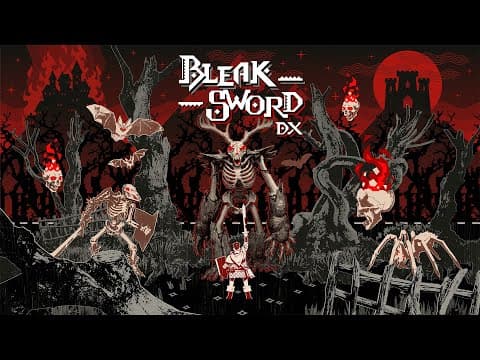
Apple ArcadeでのBleak Swordの成功を受けて、Devolver Digitalはmore8bitにPCとNintendo Switchへの移植を提案した。

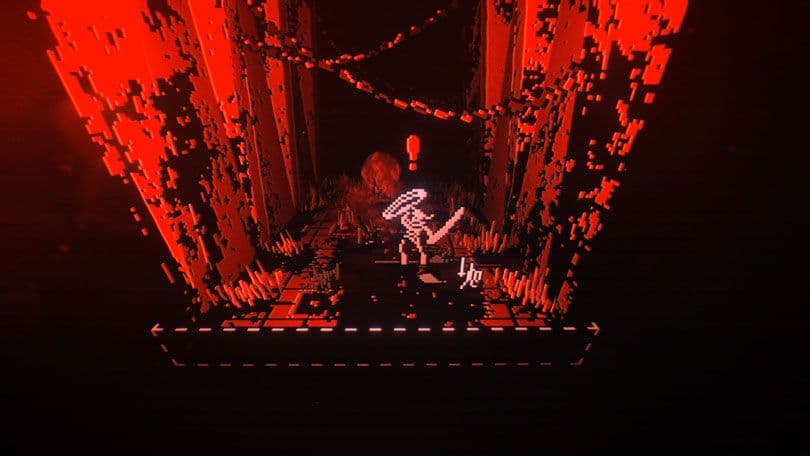
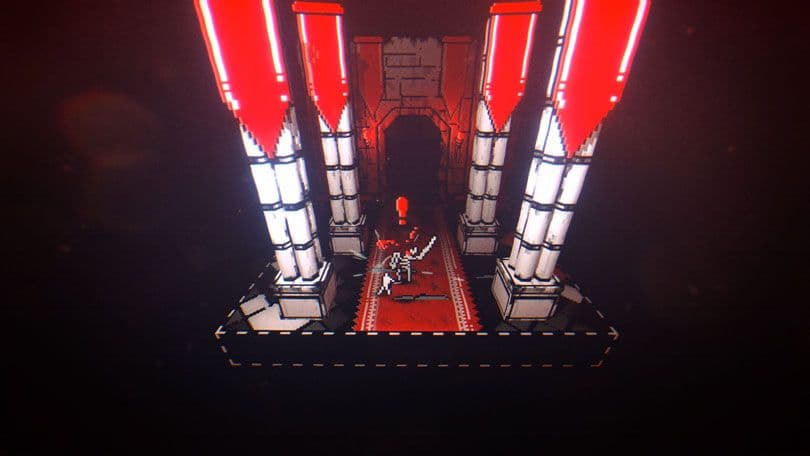
初代『ブリークソード 』が2019年に発売されたとき、そのリアクティブな戦闘と片手で操作できる反応の良さが称賛された。ルイスはプロトタイピングにUnityのInput Systemを使用していたが、より微妙なコントロールのためにUnity Asset Storeの Rewiredに切り替えた。
Bleak Sword DX』では、より伝統的なゲームパッドでの操作用にゲームを再構成し、新たに更新された入力システムに切り替えた。「プラグインを使うのをやめて、Unityのネイティブな入力システムを使える状態になりました。ユニティからの公式サポートが保証されるのだから、その方が常に望ましい」と彼は言う。
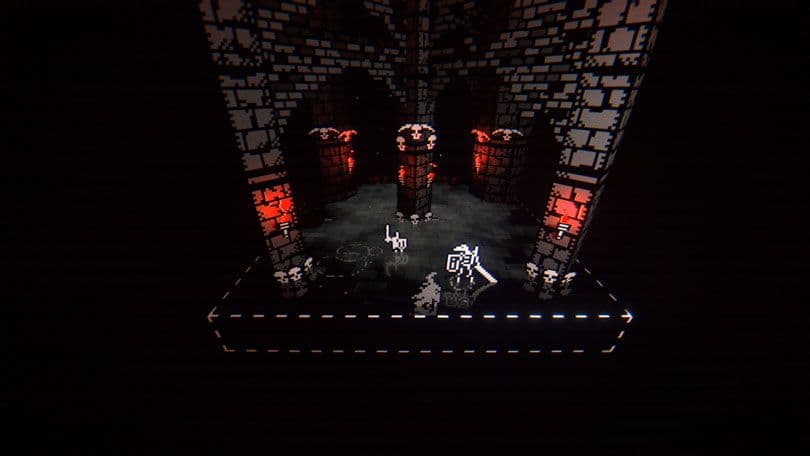
ルイスは敵のAIやレベルデザインも調整し、タッチスクリーンで操作しないPCやNintendo Switchのプレイヤーにも魅力的なゲームプレイを提供できるようにした。ブリークソード』では、敵はステアリング操作だけで動くため、アリーナの障害物は小さく、敵が動きやすいように数を少なくする必要があった。
ブリークソードDXでは、敵が障害物を避けるためにナビメッシュを使用し、プレイヤーの視界に戻るとステアリング操作に戻るようになった。「この新しいAIを活用した、より複雑で視覚的に面白いバトルをプレイヤーに体験してもらえることを楽しみにしている。
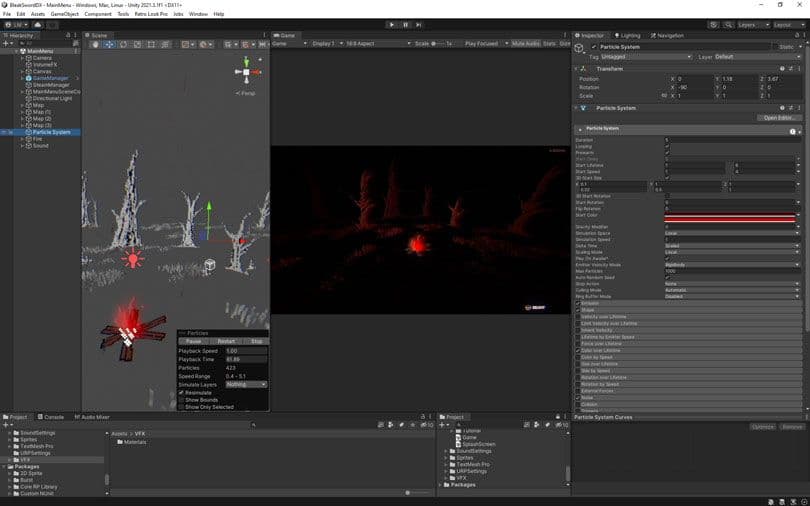
ブリークソードDXのビジュアルは、レトロなアーケード・キャビネット・ゲームを思わせる。後処理エフェクトには、汚れた質感のライトブルーム、画面の湾曲、VHSのようなフィルター、被写界深度エフェクトなどがある。
ルイスにとって最大の挑戦は、『ブリーク・ソード』のビジュアルテイストを保ちつつ、PCとニンテンドースイッチの処理能力を活かすために『DX』のグラフィックを強化することだった。彼はほとんどのVFXをUnityのビルトイン・レンダー・パイプラインとシェーダー・グラフを使って制作した後、URPで最適化した。「ビルトインからURPへの移行は実にスムーズだった。 小さな問題を修正するのに、週末と1週間しかかからなかった」と彼は言う。
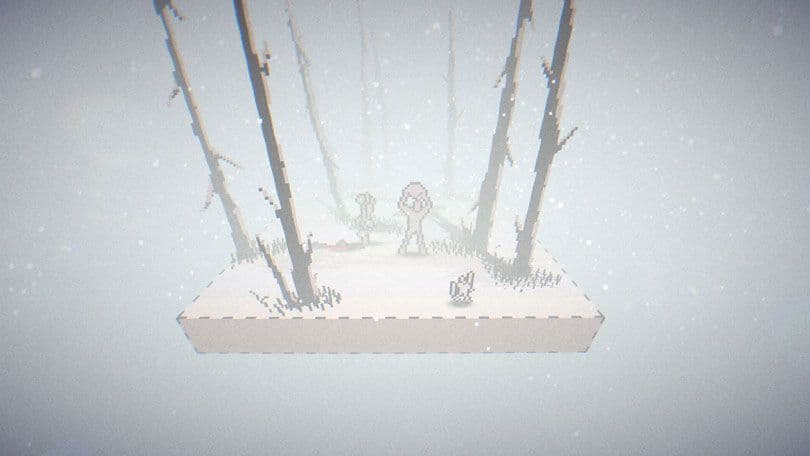
Bleak Sword DX』は、モバイル・ファーストのゲームを制作し、単独デベロッパーとしてより多くのユーザーに届ける方法を示す強力な例である。ルイスは明確なデザイン原則を念頭に置いて開発を開始し、プロジェクトの範囲をタイトに絞って集中させた。
モバイル・ファーストのゲームをより多くのプラットフォームで展開するためのアドバイスとして、彼はこう言う。その代わりに、時間をかけて各機能を再設計し、ターゲットとするプラットフォームに適切に適合するように実装する。
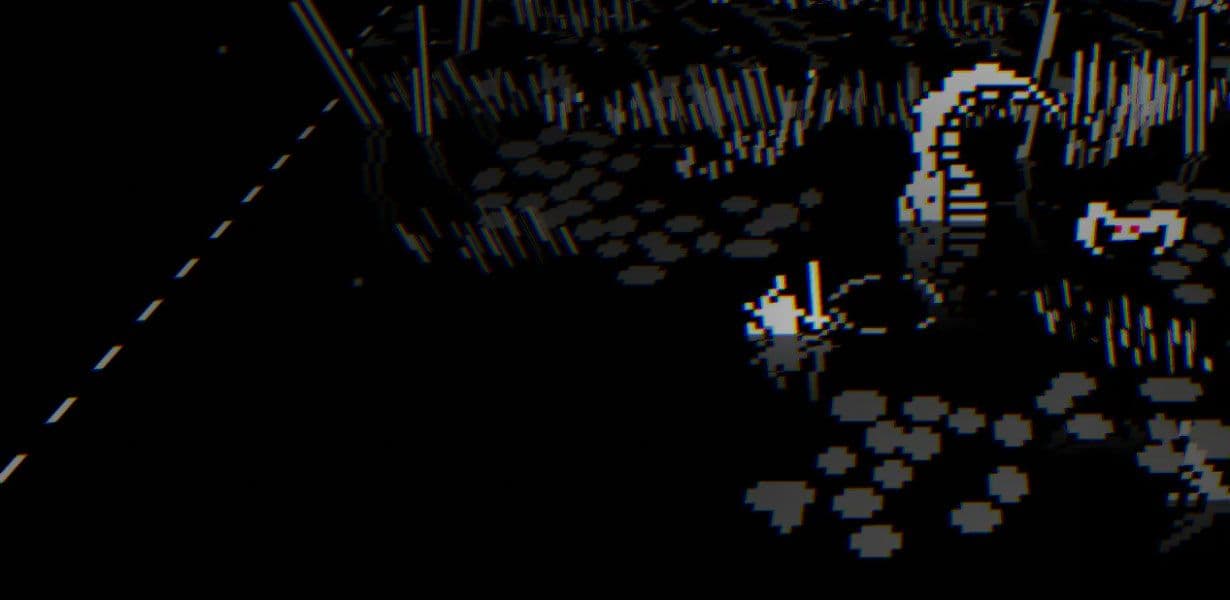
パフォーマンスやグラフィックスを妥協することなく、モバイルからPCやコンソール(またはその逆)へ拡張できます。Unity Proを使用することで、より多くのデバイスにゲームを配信し、より多くのプレイヤーにゲームを届けることができます。